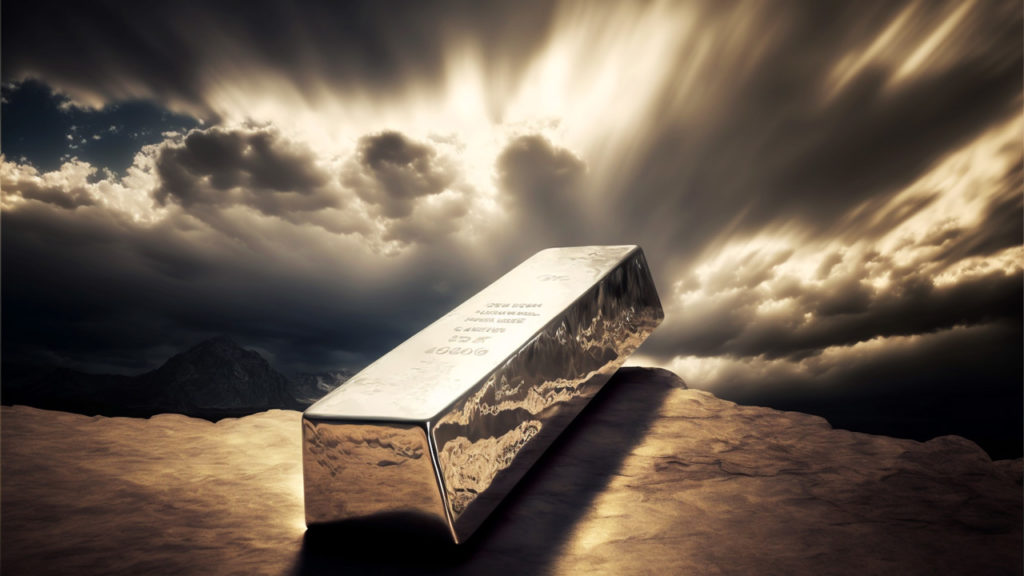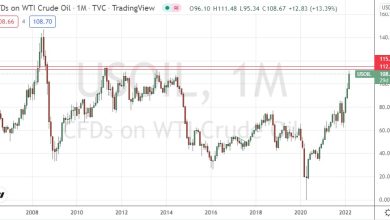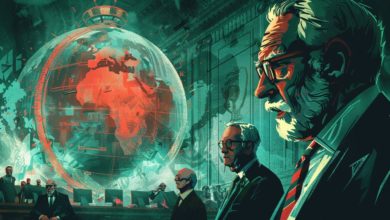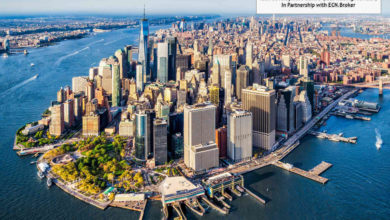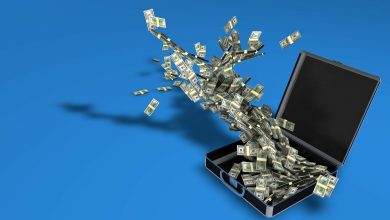Silver Demand in Three Key Sectors Expected to Nearly Double in the Next Decade
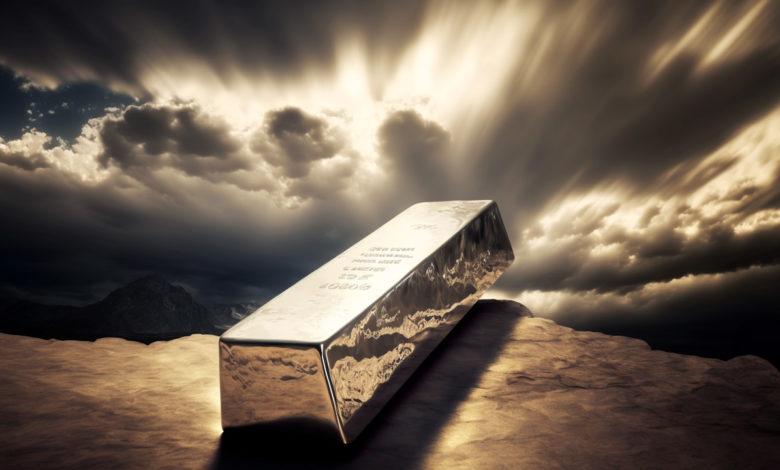
Silver demand for industrial applications, jewelry production and silverware fabrication is expected to nearly double over the next 10 years.
According to a report by Oxford Economics commissioned by the Silver Institute, the demand in these three sectors is forecast to increase by 42% between 2023 and 2033.
Industrial, jewelry and silverware production account for about three-quarters of total silver demand.
According to the report, industrial demand for silver will increase by 46%. This reflects a projected rapid 56% growth in the output of the electronics industry.
Manufacturers of electronics and electrical applications are the major purchasers of industrial silver. In 2022, these industries consumed 371.5 million ounces of silver, 67% of the industrial offtake.
According to the Silver Institute, the use of silver in solar energy and electric vehicles will help lead this category forward. According to a research paper by scientists at the University of New South Wales, solar manufacturers will likely require over 20% of the current annual silver supply by 2027, and by 2050, solar panel production will use approximately 85–98% of the current global silver reserves.
The evolving demand for silver in brazing alloys will also help drive industrial demand. These processes made up 9% of global industrial demand in 2022.
Demand for silver in jewelry is projected to increase by 34% over the next decade. India will continue to lead the world in silver jewelry production, but the report forecasts that it will lose some of its dominance to China.
Silverware fabricators’ output is forecast to increase by 30% over the next decade. About 43% of the growth in output is expected to occur in India.
Silver demand set records in every category in 2022. Meanwhile, supply was flat with mine output dropping by 0.6% to 822.4 million ounces.
Record global silver demand and a lack of supply upside contributed to last year’s 237.7 million ounce market deficit. It was the second consecutive annual deficit in a row. The Silver Institute called it “possibly the most significant deficit on record.” It also noted that “the combined shortfalls of the previous two years comfortably offset the cumulative surpluses of the last 11 years.”
The price of silver does not reflect the current supply and demand dynamics. In fact, silver is significantly undervalued right now. One analyst called the current price in the $22 an ounce range “inexcusably low.”
It’s important to keep in mind that while silver is an industrial metal, more fundamentally, it is money. Despite being more volatile in the short term, silver tends to track with gold over time. If you are inclined to think the Federal Reserve will lose the inflation fight, you should be bullish on both gold and silver.
At some point, investors will have to reckon with the shrinking supply of silver coupled with rising demand, along with the Fed’s inability to bring inflation back to its 2% target. When that happens, the price of silver will likely take off.
Given the supply and demand dynamics, the skewed silver-gold ratio and the likelihood that the Fed will not beat price inflation, $22 to $23 silver looks like a great buying opportunity.
Call 1-888-GOLD-160 and speak with a Precious Metals Specialist today!
Buka akaun dagangan patuh syariah anda di Weltrade.
Source link

